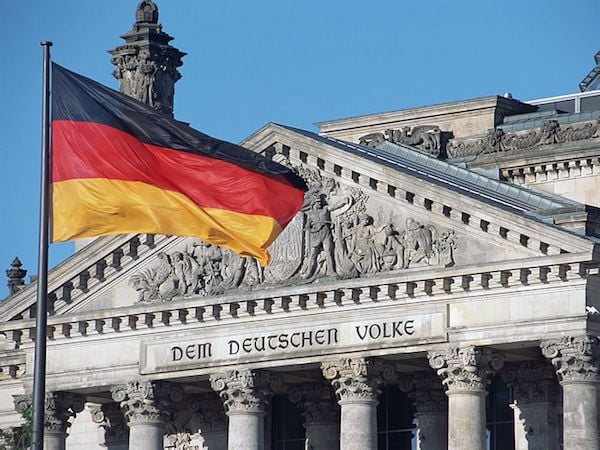
Germany has been a focal point of the European art trade for decades, but in recent years its art market has lagged behind amid increasing competition from abroad.
In 1967, the German city of Cologne hosted the first international fair for modern and contemporary art in the world. Kunstmarkt Köln, today known as Art Cologne, attracted collectors from all over Europe to the German Rhineland. The event was the prototype of the international art fair that now dominates the contemporary art trade.
Some 50 years later, the center of international art trade has shifted. According to the 2015 TEFAF Art Market Report, the United States, United Kingdom, and China make up 83 percent of the global art market. The top international fairs are now found in Switzerland, the United States and Hong Kong (see World Art Market Passes €51 Billion Says 2015 TEFAF Art Market Report and 40 Percent of World Gallery Art Sales Made at Fairs and Other Key Findings in the TEFAF Art Market Report 2015).
How can this phenomenon be explained? Germany, after all, has the strongest economy in Europe, a large collector base, a substantial gallery network, and is represented by star artists such as Gerhard Richter, Markus Lüpertz, and Georg Baselitz.
German star artists such as Gerhard Richter aren’t enough to attract international top collectors.
Photo: via Deutsch-Perfekt
“The art market in Germany is completely underrepresented when one observes the economic and cultural potency of the country,” Kilian Jay von Seldeneck, director of the Berlin branch of the auction house Lempertz, told artnet News, via telephone. “But the political framework is catastrophic.”
“Why do collectors go to New York? Not because that’s where the big collectors are,” von Seldeneck continued. “The Qataris buy in America without being taxed, and here they would pay hammer price, commission and 7 or 19 percent VAT” (see Member of Qatar’s Al Thani Family Revealed as Buyer of Record-Breaking $179 Million Picasso).
He also cited the German government’s planned Cultural Property Protection Act, under which all artworks older than a certain age, worth more than a number of euro, or “whose migration abroad would represent a key loss to German cultural property”, would require an export license to be sold abroad.
Art experts have criticized German Culture Minister Monika Grütters’ planned Cultural Property Protection Act.
Photo: Caro/Waechter via FAZ
Von Seldeneck said the planned regulation would be “fatal” and that “it would simply mean the end of the art market in Germany.”
Berlin-based art dealer Jan Wentrup told artnet News that he knows of a collector who, in light of all the planned changes to the legal framework in Germany, is already planning to move his entire collection to a warehouse outside of New York.
“The internationally active gallery owners and art dealers are already very mobile,” Wentrup said. “I think that future activities will increasingly be relocated abroad. The art market will continue to exist and German players will continue to actively participate in it, however they will no longer operate from within Germany,” he predicted. “And that would be very sad.”